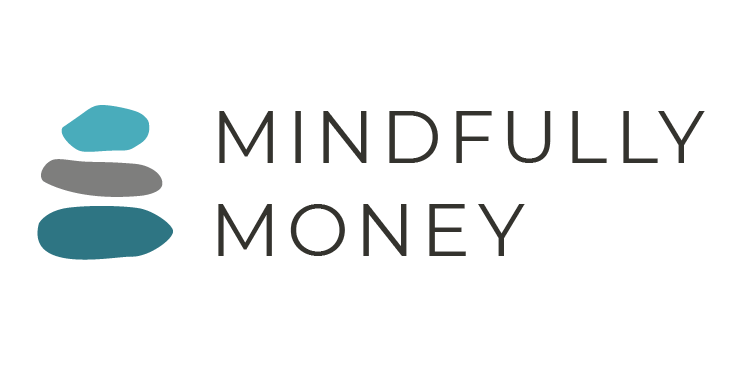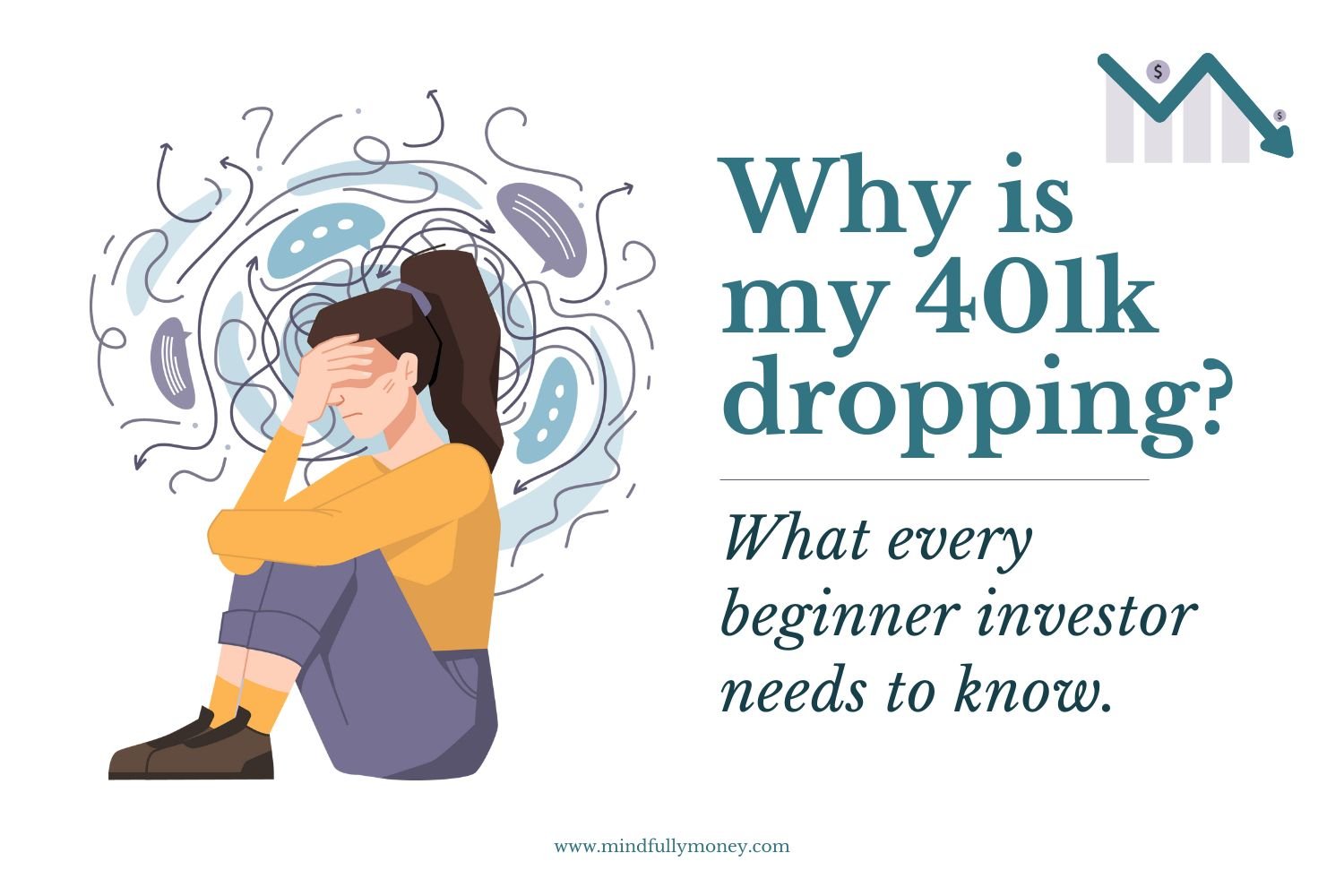Personal Finance Challenges Only Women Face
Last summer, I went to a tile store to find flooring for a bathroom that I was designing and planning. I brought my husband along for grunt labor and because, well, I sort of like him.
Apparently that was a mistake. The salesMAN learned only my husband's name and spoke exclusively to him. I kept answering and asking all the questions, but every response was addressed to my husband.
For some reason I continue to be surprised that this sort of thing still happens. Yet it is extremely common, particularly in any “male” industry like home improvement (don’t even get me started on my experience as a cashier at a big box home improvement store) or financial services.
Sallie Krawcheck, founder of Ellevest, an investing platform for women, often talks about how the financial industry was built by men for men. She’s not wrong. The vast majority of investment managers, financial advisors, and other finance professionals are men. It’s not even close.
And this is a major problem because women aren’t getting the help they need to overcome the financial challenges they face. Between sexism, longer life expectancies, traditional gender roles, the pay gap, and more, women face a distinct set of challenges when it comes to building wealth and managing money.
It’s also important to point out that all of these challenges are magnified for women of color or members of the LGBTQIA+ community.
Photo: @chuklanov on Unsplash
Financial Challenges for Women
1. Women aren’t taught about money
Women have never been taught about smart money management and investing. At best, women learn how to spend less money (and then were shamed when they dared to buy something they needed). Still today, we often teach boys about making money and increasing wealth, but we don’t talk about that with our daughters.
If you go look at money articles on Pinterest, you’ll notice that articles with a more traditionally female aesthetic focus on spending less and budgeting. Pins focused on investing have a more traditionally male look and feel.
Most women have zero exposure to any education about investing, negotiating, or generally building wealth. (I only know about these topics because I specifically sought out the information and trained myself.)
2. The financial industry is male
I can’t tell you how frequently I hear women say that their financial advisor only talks to their husband. Too many women feel left out. Women are afraid to ask questions because their questions don’t get answered or they are treated as if they are idiots who spend too much money (my own experience is what led me to learn about personal finance in the first place).
Only 23% of Certified Financial Planners are women. Sure, a woman can get excellent advice from a man (and I know many outstanding male financial planners). But it’s a real challenge to find one who won’t talk down to you and understands the specific experiences of being a woman (or a woman of color, or a woman of any other specific identity).
The reality is that it’s hard to get the financial advice you need from people who don’t understand what women need, want, and like when it comes to managing money.
The financial industry is predominantly male.
3. The Pay Gap
Women earn less than men, and women of color earn even less. Recent data shows that women earn about $0.83 for every dollar a man earns on average. But the gap is much higher in certain parts of the country or for particular groups. In addition, women are way more likely to be in lower paying jobs, such as those in the hospitality industry.
Women tend to leave (or be pushed out of) the workforce to care for children. They lost their jobs at higher rates during the pandemic. And they still struggle to overcome gender stereotypes when it comes to getting hired. (Why yes I was asked how my husband would handle the kids when I was working long hours at a recent job interview.)
On top of that, women are far less likely to negotiate salaries or ask for raises.
4. The Wealth Gap
The pay gap looks like peanuts when compared to the wealth gap, which has to do with how much of your money you keep. Women own only $0.32 for every dollar a man owns, and again, it is FAR worse for women of color. Women earning less than men contributes to the wealth gap, but it is far from the only factor.
One factor is the dominance of men when it comes to investing. Women are not taught about or encouraged to invest their money. The industry is so male that the symbol of Wall Street is a statue of a bull. You rub the testacles for luck. (I wish I were kidding.)
In addition, women frequently work in jobs that do not offer options for retirement savings, such as a 401k. With no access to workplace retirement, they are limited to the measly $6000 (for someone under age 50 in 2022) allowed for an IRA or Roth IRA. That’s not going to cut it when it comes to saving enough for retirement.
Women also tend to have more debt and are often responsible for more child and family-related expenses, particularly in female headed households.
5. Women are shamed when it comes to money.
On any given day, a professional woman getting ready for work has to make sure that she has the appropriate work wardrobe, makeup, shoes, accessories, and feminine products. Not so for men. An Australian TV presenter famously wore the same suit every day for a year to highlight the difference in expectations between men and women. The point? It’s expensive to be a woman.
Women are constantly told that they need to wear makeup while simultaneously being shamed for spending too much money on makeup.
If a woman has debt, it’s assumed that she overspends. It couldn’t possibly be that she isn’t paid enough, lost her job, or experienced huge medical costs.
It’s more expensive to be a woman. Women are shamed for buying too many things. Yet, they are expected to have/wear many of these things in order to be successful.
6. Women live longer and often don’t work as long
Women tend to have fewer years of earning money, reducing their ability to save and potentially affecting their social security earnings. On top of that, women typically live longer than men and will need more money to pay for their later years of life.
This creates a huge gap between what women have and what they need, one that is exacerbated by all of the above challenges.
Pin this to save for later!
So what can women do?
Learn about money and how to manage it
Participate in managing family finances
Start investing
Pursue more by asking for a raise, getting a better-paying job, starting a business, etc.
Stop holding themselves back by thinking they’re not worth it
Find role models and women who can help or inspire you
Talk with others (especially other women) about money to normalize it
If you’re white, remember that women of color experience all of this and more on a greater level
What can men do? (That’s right—men need to help too!)
Involve your wife in the family finances
Be aware of the challenges listed above and actively seek to change them
Call out men who perpetuate the problems
Talk about how much you make so that the women in your job know to ask for more
Teach children of any gender about managing, earning, and investing money
Help those less fortunate than you
We can all work together to fight financial inequality. Start by sharing this article on social media!









